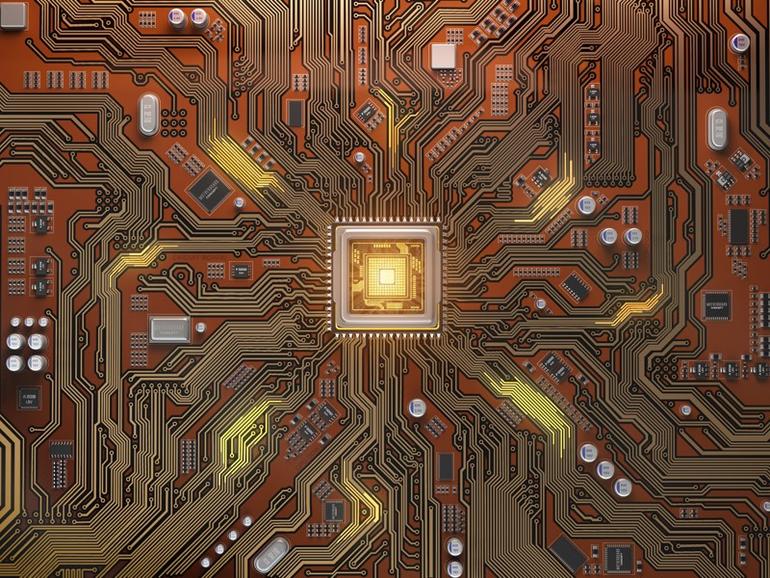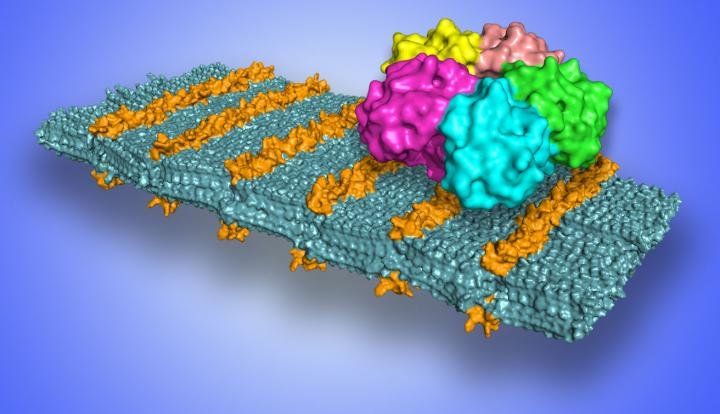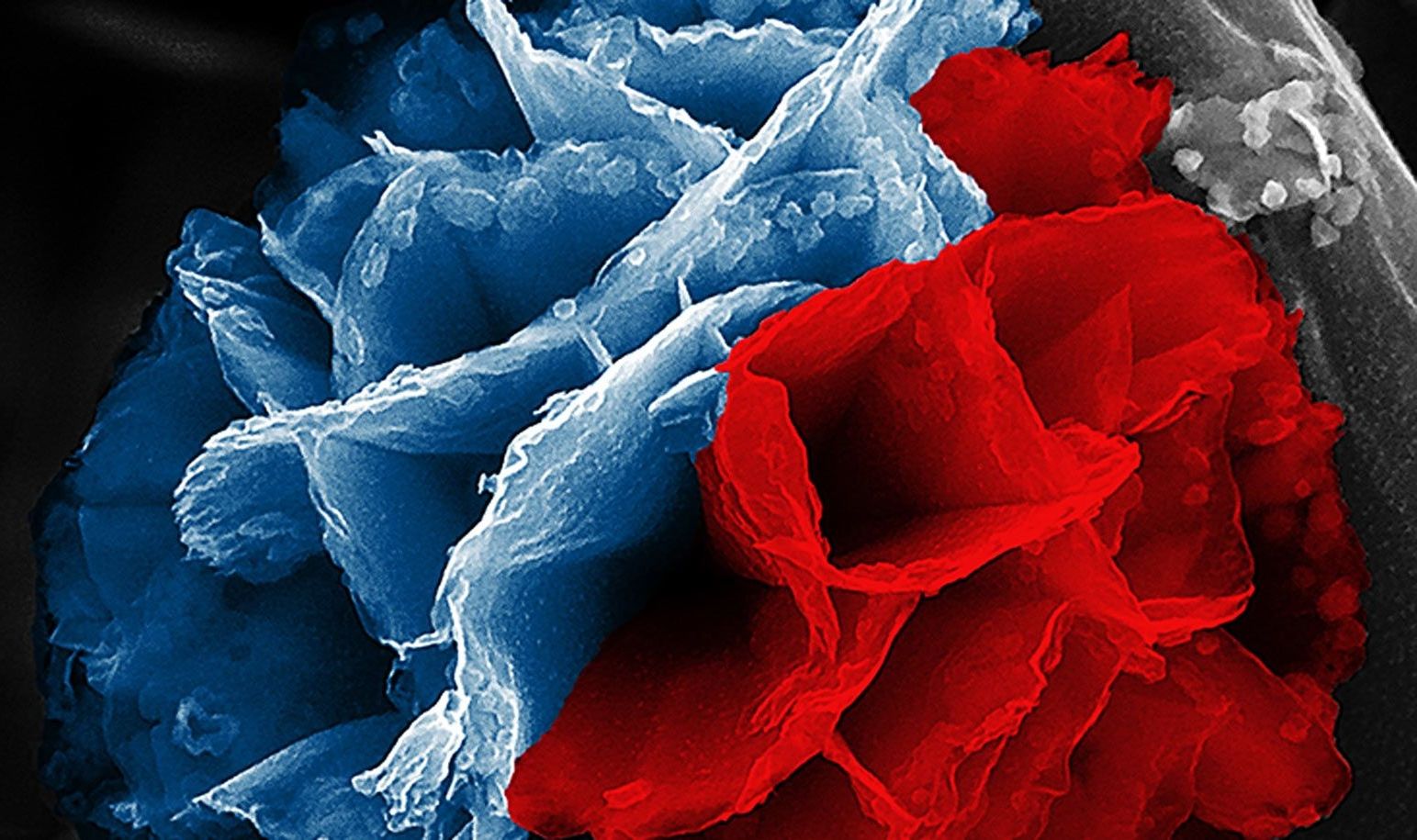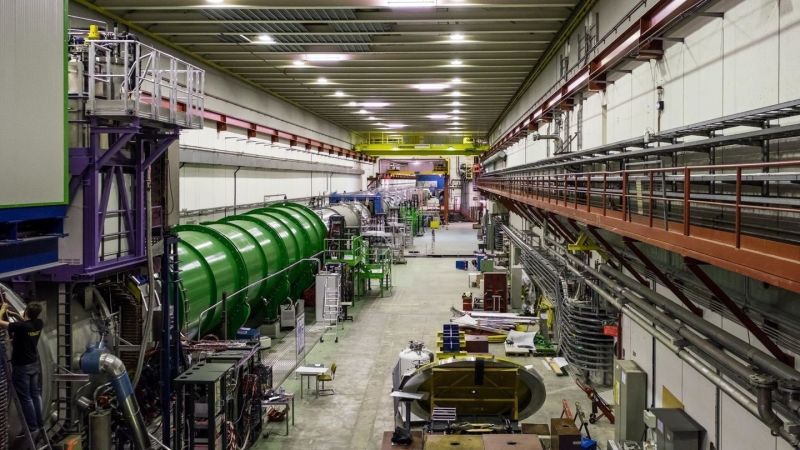Page 9802
Mar 29, 2018
Facebook Starts Fact Checking Photos and Videos in This Country
Posted by Genevieve Klien in category: futurism
Facebook and the AFP, or Agence France-Presse, are now fact checking photos and videos in France as a way to stop fake news from spreading.
Mar 29, 2018
NVIDIA (NVDA) Collaborates With Adobe for Sensei AI Toolkit
Posted by Genevieve Klien in categories: business, robotics/AI
NVIDIA Corporation NVDA continues to gain traction in Artificial Intelligence (AI) technology with the help of several partnerships. Most recently, the graphic chip maker partnered with Adobe Systems Incorporated ADBE as part of which its graphics processing units (GPUs) will power up the latter’s AI toolkit, Sensei.
The partnership is anticipated to improve Adobe’s services for Creative and Experience Cloud customers and developers. That means, it will improve the performance as well as speed of Adobe’s Sensei.
The companies believe the collaboration will help them in targeting a new audience of developers, data scientists and partners for Sensei, thereby providing scope of business opportunities to both.
Continue reading “NVIDIA (NVDA) Collaborates With Adobe for Sensei AI Toolkit” »
Mar 29, 2018
Sugar-coated nanosheets developed to selectively target pathogens
Posted by Genevieve Klien in category: nanotechnology
In this way the new platform, developed by a team led by scientists at the U.S. Department of Energy’s Lawrence Berkeley National Laboratory (Berkeley Lab), could potentially be used to inactivate or detect pathogens.
The team, which also included researchers from New York University, created the synthesized nanosheets at Berkeley Lab’s Molecular Foundry, a nanoscale science center, out of self-assembling, bio-inspired polymers known as peptoids. The study was published earlier this month in the journal ACS Nano.
The sheets were designed to present simple sugars in a patterned way along their surfaces, and these sugars, in turn, were demonstrated to selectively bind with several proteins, including one associated with the Shiga toxin, which causes dysentery. Because the outside of our cells are flat and covered with sugars, these 2-D nanosheets can effectively mimic cell surfaces.
Mar 29, 2018
Controlling rust makes beautiful ‘nanoflowers’ for storage
Posted by Genevieve Klien in categories: energy, nanotechnology
Researchers have developed a straightforward way to make a type of conducting polymers with high surface area—called “nanoflowers”—potentially useful for energy transfer and storage.
If you could brush your cheek against a nanoflower’s microscopic petals, you’d find them cool, hard, and… rusty. Common rust forms the inner skeleton of these lovely and intricate nanostructures, while their outer layer is a kind of plastic.
“Rust will always pose a challenge in Earth’s humid and oxygenated atmosphere,” says Julio M. D’Arcy, assistant professor of chemistry at Washington University in St. Louis and a member of the Institute of Materials Science and Engineering. “Corrosion makes structures fragile and decreases the ability of components to function properly. But in our lab, we’ve learned how to control the growth of rust so that it can serve an important purpose.”
Mar 29, 2018
Magic Leap Ships First Set of Devices Under Tight Security Constraints
Posted by Genevieve Klien in category: security
Mar 29, 2018
This weekend is your last chance to see a double blue moon until 2037
Posted by Genevieve Klien in category: futurism
Mar 29, 2018
CERN Researchers Think They Saw Rare Particle Decay That Could Lead to New Physics
Posted by Sean Brazell in category: particle physics
Physicists in Switzerland are on a subatomic hunt that, they hope, will reveal some entirely new results beyond the limits of their theories.
An experiment at CERN in Geneva, called NA62, is designed to let scientists watch a rare kind of particle decay. The team, using a whole new method, may have finally spotted what they’re looking for.
You’ve probably heard of quarks, the building blocks of other subatomic particles. There are six: the common up and down quark, the strange and charm quarks, and the rarest top and bottom quarks. Protons and neutrons contain only up and down quarks.
Mar 29, 2018
Research enhances performance of Germany’s new fusion device
Posted by Genevieve Klien in categories: nuclear energy, physics
A team of U.S. and German scientists has used a system of large magnetic “trim” coils designed and delivered by the U.S. Department of Energy’s (DOE) Princeton Plasma Physics Laboratory (PPPL) to achieve high performance in the latest round of experiments on the Wendelstein 7-X (W7-X) stellarator. The German machine, the world’s largest and most advanced stellarator, is being used to explore the scientific basis for fusion energy and test the suitability of the stellarator design for future fusion power plants. Such plants would use fusion reactions such as those that power the sun to create an unlimited energy source on Earth.
The new experiments amply demonstrated the ability of the five copper trim coils and their sophisticated control system, whose operation is led on-site by PPPL physicist Samuel Lazerson, to improve the overall performance of the W7-X. “What’s exciting about this is that the trim coils and Sam’s leadership are producing scientific understanding that will help to optimize future stellarators,” said PPPL physicist Hutch Neilson, who oversees the laboratory’s collaboration on the W7-X with the Max Planck Institute of Plasma Physics, which built the machine and now hosts the international team investigating the behavior of plasmas confined in its unique magnetic configuration.
Stellarators are twisty, doughnut-shaped facilities whose configuration contrasts with the smoothly doughnut-shaped facilities called tokamaks that are more widely used. A major advantage of stellarators is their ability to operate continuously with low input power to sustain the plasma without plasma disruptions—a risk that tokamaks face—enabling the facilities to operate efficiently in steady state. A disadvantage is that the twisting stellarator geometry is more complex to design and build.


















